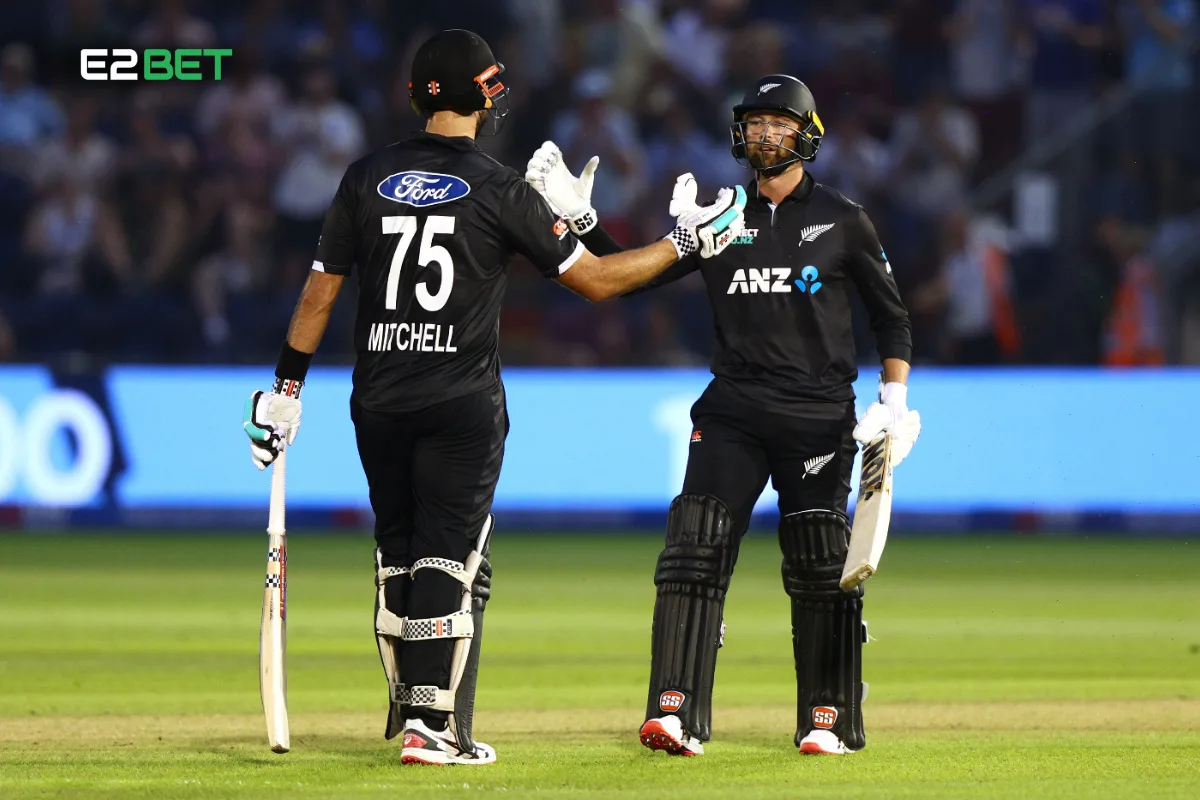Cricket has seen a dramatic evolution with the rise of shorter formats like T20. The fast-paced nature of T20 cricket has redefined batting records, making fans wonder—have modern T20 batting records surpassed ODI cricket legends? While ODI cricket has a rich history with iconic innings, the explosive gameplay of T20 has set new standards in strike rates and six-hitting. In this article, we’ll compare T20 vs ODI, analyze key batting milestones, and see which format holds more significance in today’s game.
Understanding T20 and ODI Cricket
What is T20 Cricket?
T20 (Twenty20) is the shortest international format, with each team playing just 20 overs. It’s all about aggressive batting, high strike rates, and six-hitting ability. Players like Chris Gayle and Jos Buttler have dominated this format with their fearless approach.
What is ODI Cricket?
ODI (One Day International) cricket, played over 50 overs, requires a balance between attack and innings-building. Legends like Sachin Tendulkar and Ricky Ponting mastered this format, setting records that still stand today. ODI cricket history is filled with memorable knocks, including Rohit Sharma’s 264, the highest individual score in ODIs.

Evolution of Batting in Limited-Overs Cricket
How ODI Batting Revolutionized the Game
During the 1990s and early 2000s, ODI cricket witnessed a surge in aggressive batting. Players like Virender Sehwag and AB de Villiers pushed boundaries, making 300+ team totals more common. ODI batting milestones became the benchmark for greatness.
The Rise of T20 and the Change in Batting Approach
With the introduction of IPL, PSL, and BBL, T20 cricket changed batting dynamics. Players now focus on power-hitting, switch-hits, and scoops, making it more entertaining. T20 batting records emphasize strike rates over averages, with many batsmen scoring at over 150+.
Comparing Key Batting Records in T20 and ODI Cricket
Highest Individual Scores
-
ODI: Rohit Sharma – 264
-
T20: Chris Gayle – 175*
While ODI cricket allows players to build big innings, T20 demands instant impact. This makes it rare for players to score above 150 in a T20 match.
Best Strike Rates and Batting Averages
-
T20: Players like Suryakumar Yadav maintain a strike rate of over 180+.
-
ODI: The best ODI batsmen, like Virat Kohli, maintain an average of 50+ while striking at 90+.
This shows how strike rates in T20 are much higher, but batting averages in ODIs still hold value.
Most Sixes and Fastest Centuries
-
T20: Players like Andre Russell and Glenn Maxwell dominate six-hitting.
-
ODI: AB de Villiers holds the fastest ODI century (31 balls).
Six-hitting ability has become crucial in T20 batting strategy, making it more exciting for fans.
Does T20 Batting Overshadow ODI Cricket?
Entertainment vs. Classic Innings
T20 cricket is all about fast-paced entertainment, but ODI matches allow for strategic innings-building. Players like Babar Azam and Joe Root still thrive in ODIs, proving its importance.
Is ODI Cricket Losing Popularity?
With the rise of T20 leagues, ODIs face challenges. However, ICC events like the Cricket World Cup ensure that ODI cricket remains relevant. ODI cricket history continues to shape the sport, with records that stand the test of time.
Challenges in Comparing T20 and ODI Records
Number of Balls Faced
In T20 matches, batters face fewer deliveries, so a strike rate of 150+ is common. In contrast, ODI cricket allows players to settle before accelerating, which is why a high ODI average is a better indicator of consistency.
The Influence of Pitches and Conditions
ODI matches are often played on diverse pitches, making conditions a bigger factor. In contrast, T20 games are usually held on batting-friendly surfaces, leading to higher team totals.
The Future of Batting in T20 vs ODI Cricket
Will T20 Records Become More Prestigious?
With more players focusing on T20 leagues, batting records in this format are gaining more recognition. T20 betting odds and fantasy cricket apps have also fueled interest in the format, making it more commercially valuable.
Is There Still Room for ODI Batting Greatness?
Despite the rise of T20, ODIs still hold prestige. The Cricket World Cup remains one of the most-watched events, proving that ODI batting milestones still matter. Players like Shubman Gill are keeping the ODI format alive with their consistency.
Conclusion
While T20 batting records are breaking new barriers, ODI cricket history remains legendary. T20 cricket may offer high strike rates and six-hitting excitement, but ODI innings still showcase patience and skill. Both formats have their place in cricket, and neither can truly replace the other.
FAQs
1. Which format is harder for batsmen: T20 or ODI?
T20 requires quick acceleration, while ODI demands long-term consistency. Both have unique challenges.
2. Who has the best strike rate in T20 and ODI cricket?
-
T20: Suryakumar Yadav (180+ strike rate in some seasons).
-
ODI: AB de Villiers maintained a strike rate of 100+ while averaging 50+.
3. Can an ODI player easily adapt to T20 cricket?
Not always. Players used to long ODI innings often struggle with T20’s high-intensity pace.
4. Why do players score more sixes in T20 than in ODIs?
T20 features shorter boundaries, aggressive intent, and fielding restrictions, leading to more six-hitting.
5. Will ODI cricket become irrelevant due to T20’s rise?
Unlikely. The Cricket World Cup and ICC tournaments keep ODIs relevant, and players continue setting ODI batting milestones.